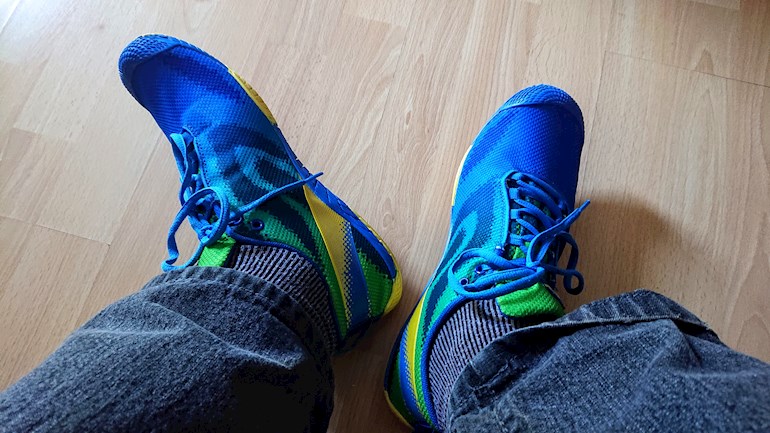I've been reading a lot about barefoot running, and I see the science behind it. I even tried running a short run in slippers, to see how it felt - pretty good.
I am trying to reduce the heel-strike in my form to a mid-foot or fore-foot, and with barefoot shoes this is essential.
So I invested a small amount in these Tesla 'cheap cheap' barefoot shoes - the soles are about 2mm with a trail-run tread. And I was wearing them about the house to get them used to my feet, when Mrs TOF asked me to pop up to the village, and without much thought I just jogged up and back.
As you can see, I was not in my running gear, but it's only 2Km. I was in no hurry, not training, so I took 15 mins over it using 'Slow Jogging' technique. But my feet feel fine, and I was DEFINITELY not heel-striking.
I don't think I'll wear them for Parkrun tomorrow, but maybe soon.
What do you think? (Ya, I know I'm crazy).

